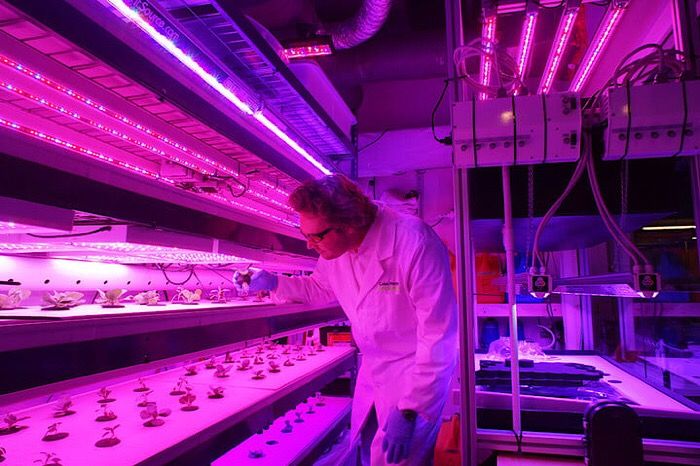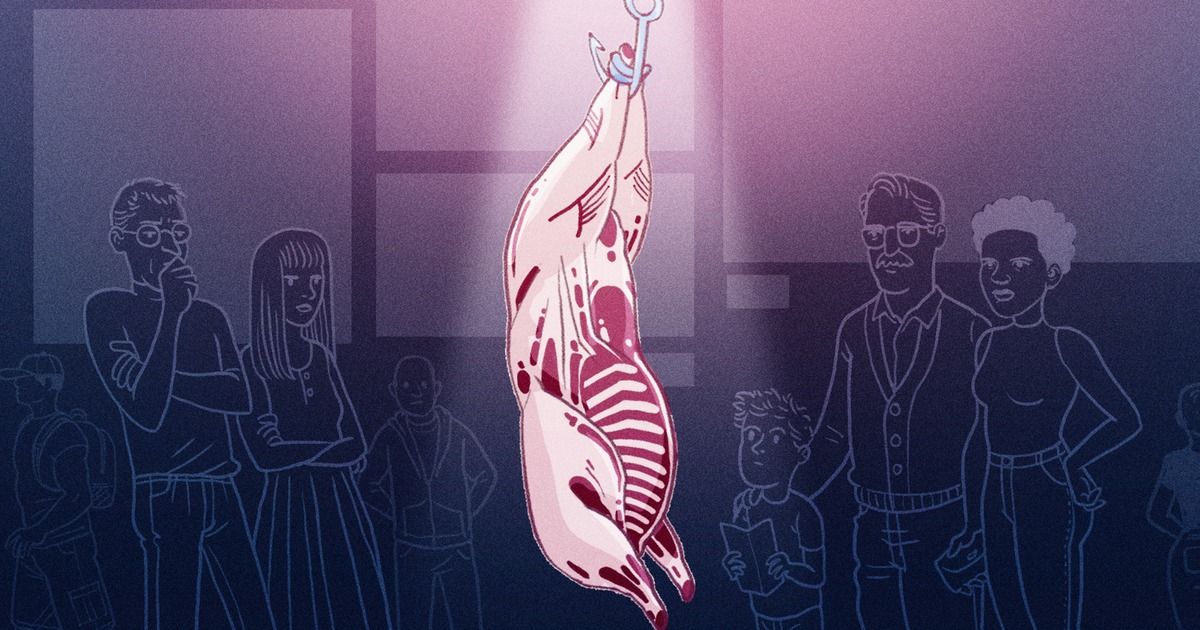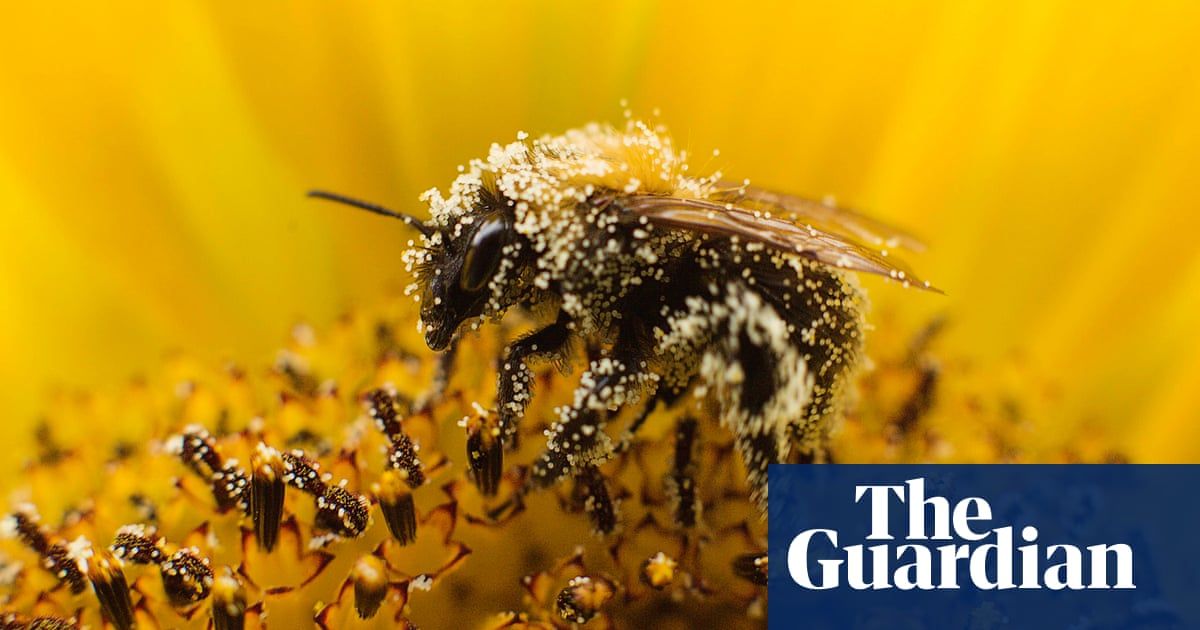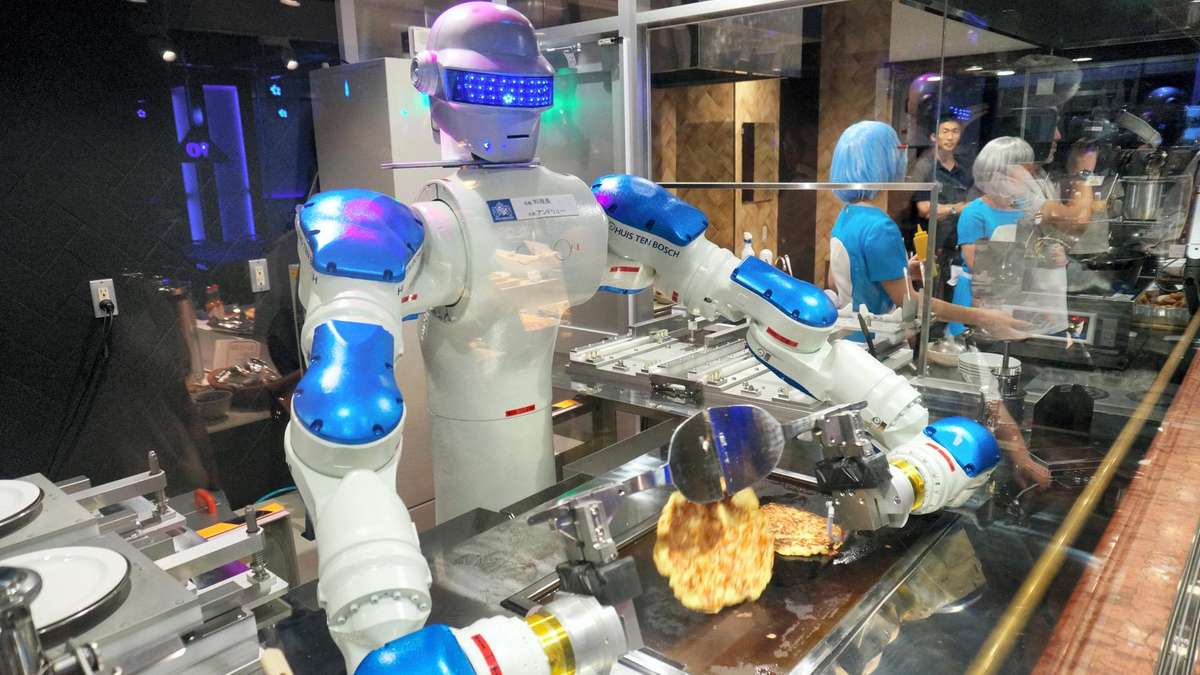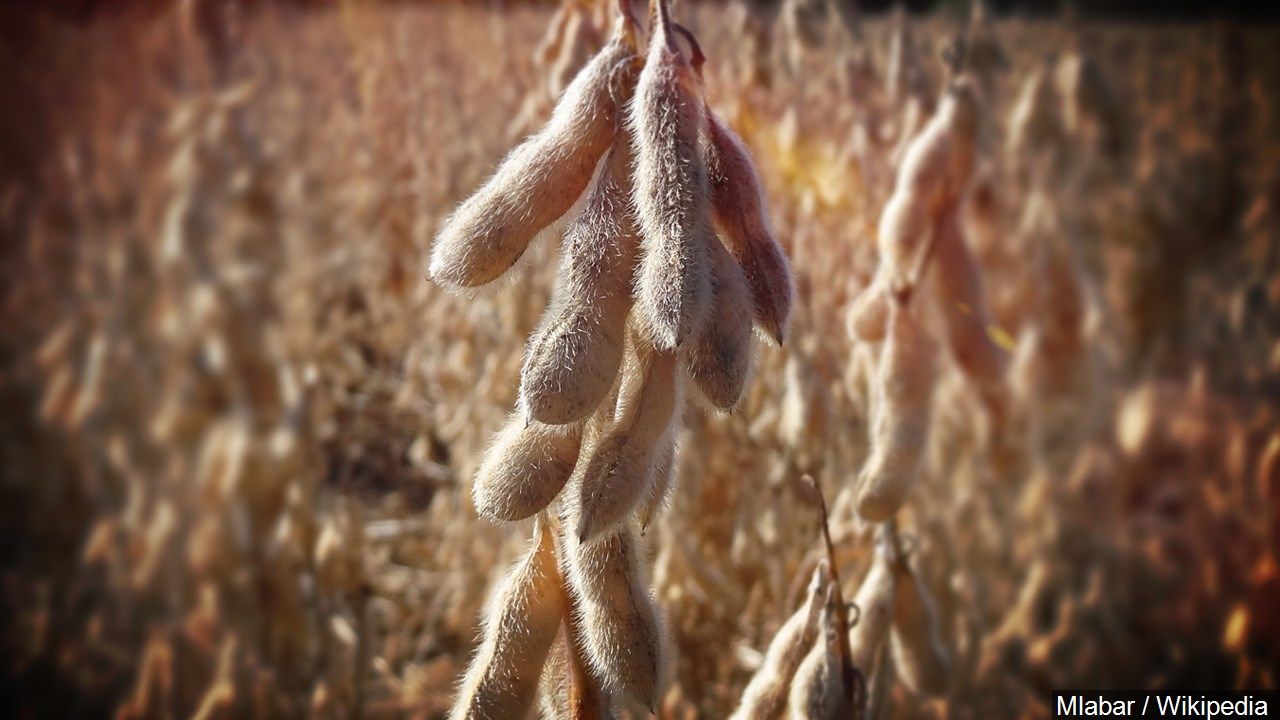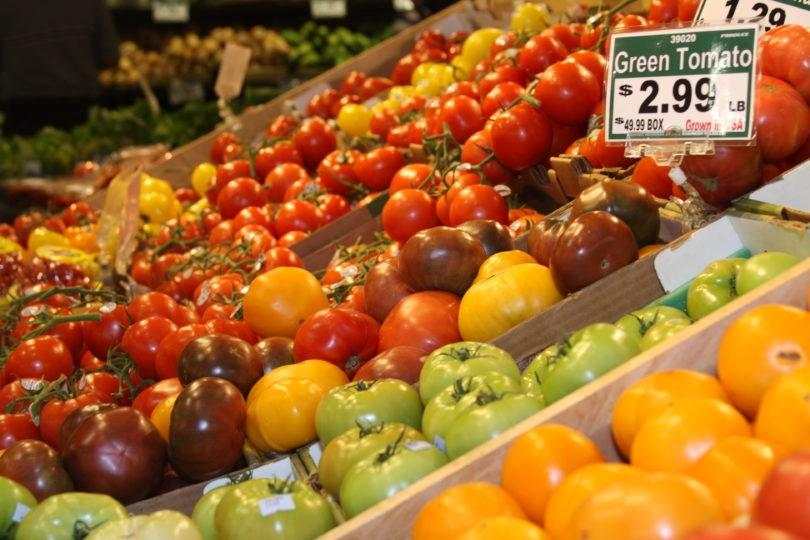Dec 3, 2018
Amazon is ramping up tests of cashierless stores, a move that could see the futuristic tech launched in Whole Foods
Posted by Shailesh Prasad in categories: food, futurism
- Amazon is testing out its cashierless technology in bigger stores, The Wall Street Journal reports.
- Amazon’s cashierless checkout tech tracks the items that shoppers take from shelves and charges them automatically.
- The Journal reports Amazon could roll the tech out to Whole Foods.
Amazon is testing out its cashierless checkout technology in bigger stores — with one eye on Whole Foods, according to The Wall Street Journal.
Sources told the Journal that Amazon is testing out the futuristic tech — which tracks and charges for the items shoppers take from the shelves — in Seattle, in a space formatted like a large store.

